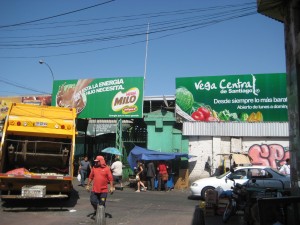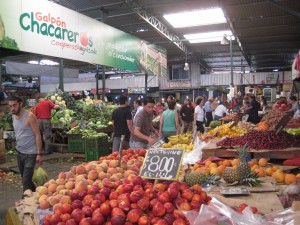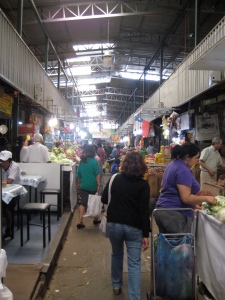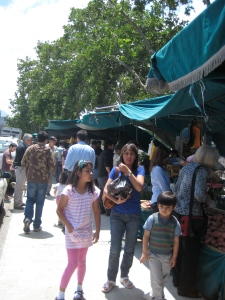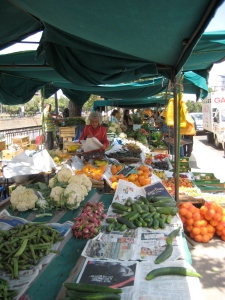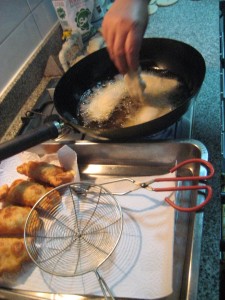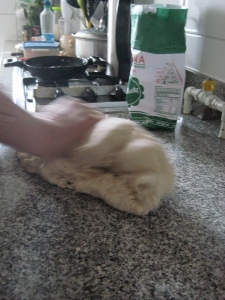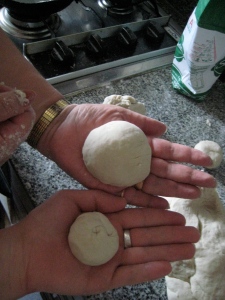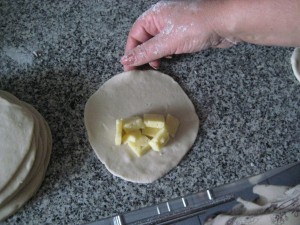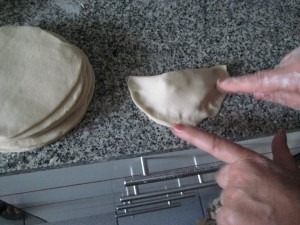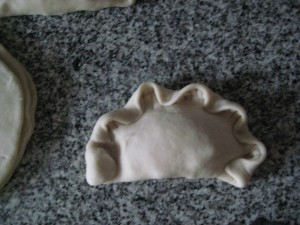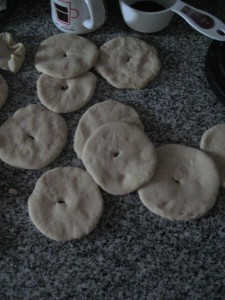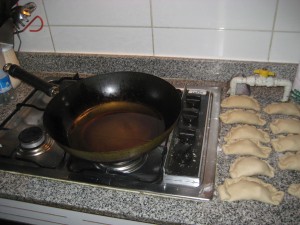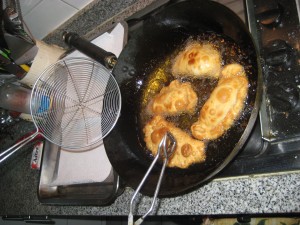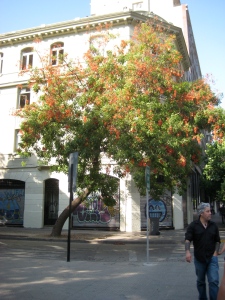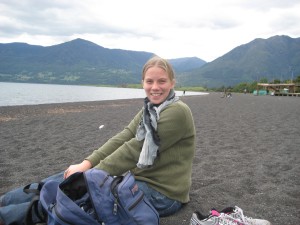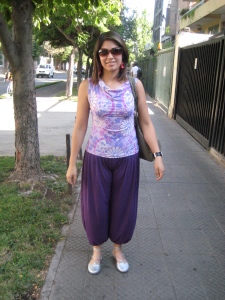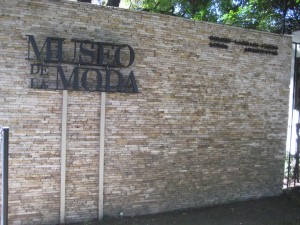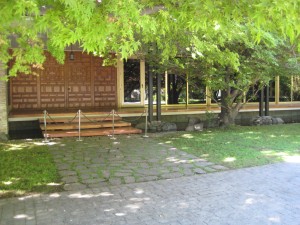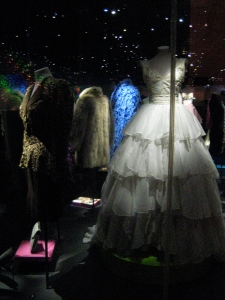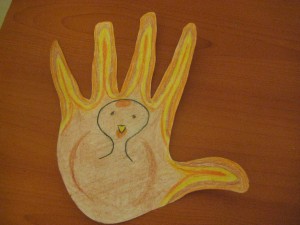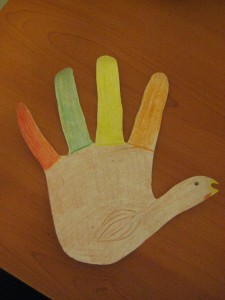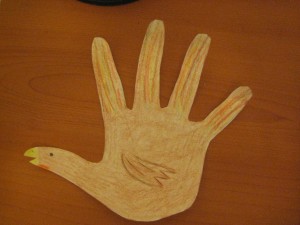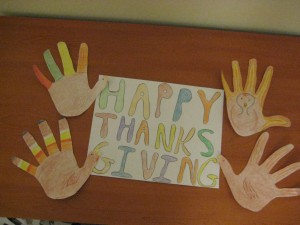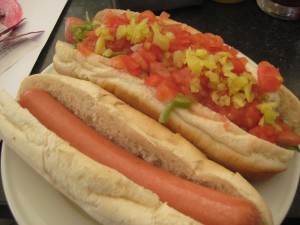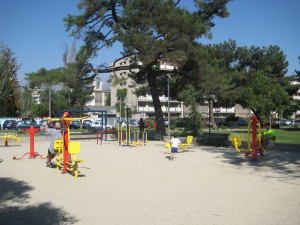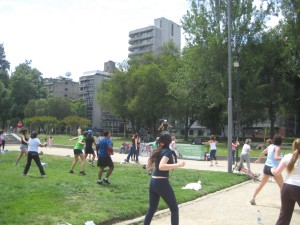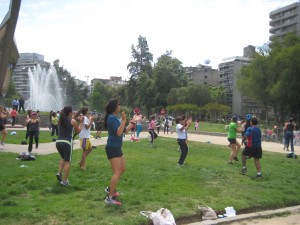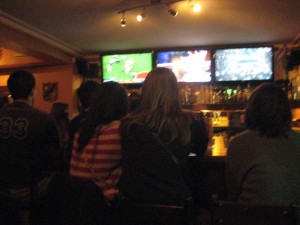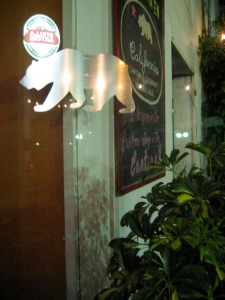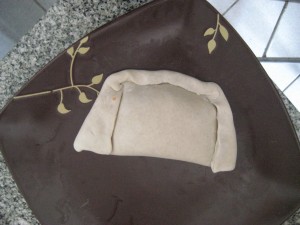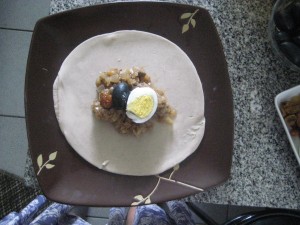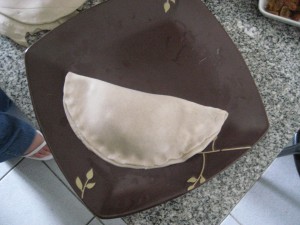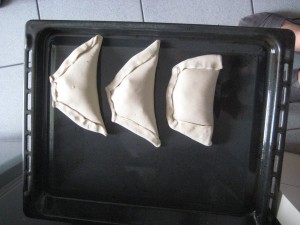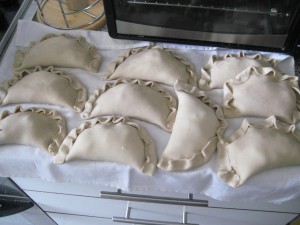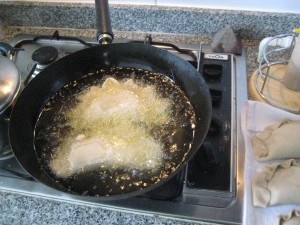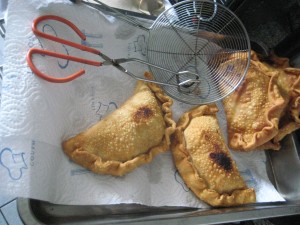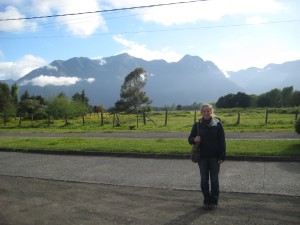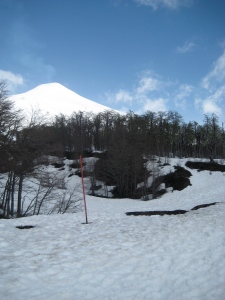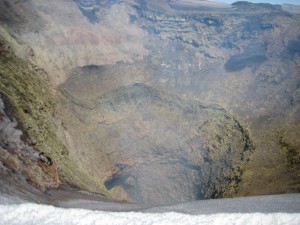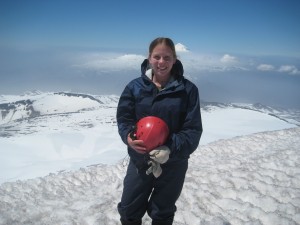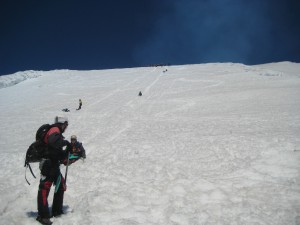By far, my favorite thing to do with my Chilean host family is accompany them on their weekly trips to la feria. La feria is the Chilean equivalent of a farmer market. In a typical visit they buy: potatoes, onions, carrots, bell peppers, kiwis, bananas, cilantro, parsley, tomatoes, lettuce, zucchini, zapallo (Chilean winter squash), lemons, apples, oranges, avocados, eggs, aji (Chilean hot peppers), fava beans, pineapple, and seasonal fruits like strawberries, peaches, apricots, pears, or cherimoyas.
There are some important differences. First of all, the vendors in la feria do not have to be connected to the production of the goods they are selling. Second there are many other products for sale besides vegetables in la feria. One can buy, pots, pans, kitchen sponges, ladies underwear, chewing gum, copies of keys, hair ornaments, and more. Lastly there is no restriction on who can enter la feria. It is common to see stray dogs and cats walking about and looking for scraps. This kitten at La Vega Central, which I will speak of in a moment, is taking a siesta on a cloth covering a large mountain of potatoes.
Las ferias are organized by every communa of Santiago and occur in multiple locations at different times of the week. The price and quality of the produce vary depending on the wealth of the communa. My host parents prefer to travel out of Providencia to Santiago Central because the produce there is still high quality but much cheaper than it is in wealthy Providencia. Each communa has a group of vendors that attend their ferias. The vendors buy the produce each morning at Vega Central- a huge whole sale market. They then take it in hand carts, bicycle carts, and trucks to the destination of the day’s feria.
I went to expecting to find a center of trade between farmers or packing houses and vendors. Instead what I found was a giant ferias with vendors carrying the same range of products as those in the street only in larger quantities and at lower prices.
I still haven’t figured out where all the produce and other products come from, but I find it interesting that Chileans, who much more in the habit of buying their produce and other goods at out door markets than Americans, miss the important transfer of ideas and values that happen in farmers’ markets. They do not interact with the people that grow their food. They cannot ask when it was harvested, where it is from, or whether or not it was sprayed with pesticides and petroleum based fertilizers. These questions and the farmer-eater interaction are important mechanisms for promoting healthy agricultural systems.
Interestingly, many Chileans complain that only the worst fruit is left in chile- all the good stuff gets exported. I find this hard to believe since I have found some very high quality produce here- as well as crops like cherimoya and miembro that aren’t eaten in countries that import Chilean crops. However, in the states people who are discontent with the selection of produce in their farmer’s market can ask the farmers directly. Understandably, the geography of chile would make it difficult for farmers to participate in a system like American farmers markets (most agricultural areas are several hours away by car from Santiago). But I hope for Chileans that they will one day get a chance to meet their farmers and have a good long talk about export agriculture.
I do realize that farmers markets are not yet wide spread in the states and that only a small fraction of people have access to them. In this respect, Chile is much more advanced in its food distribution system.
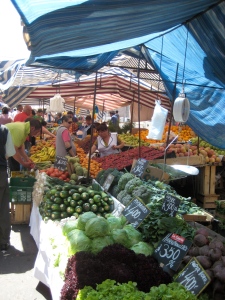 .
.
